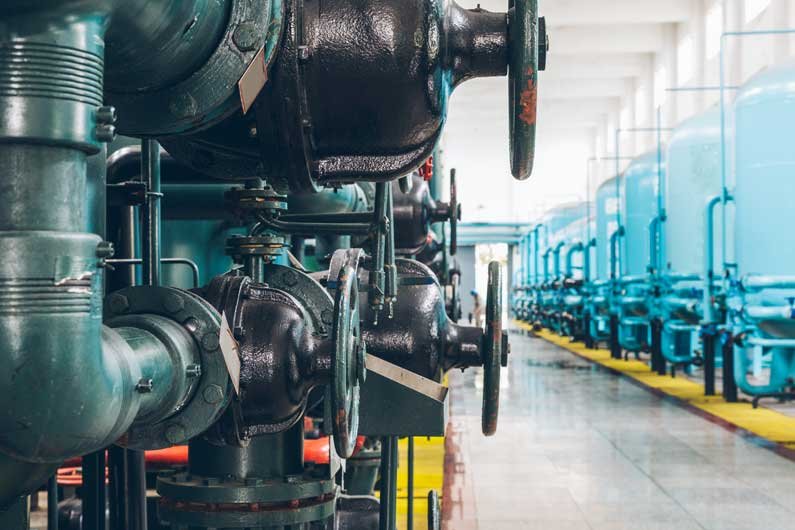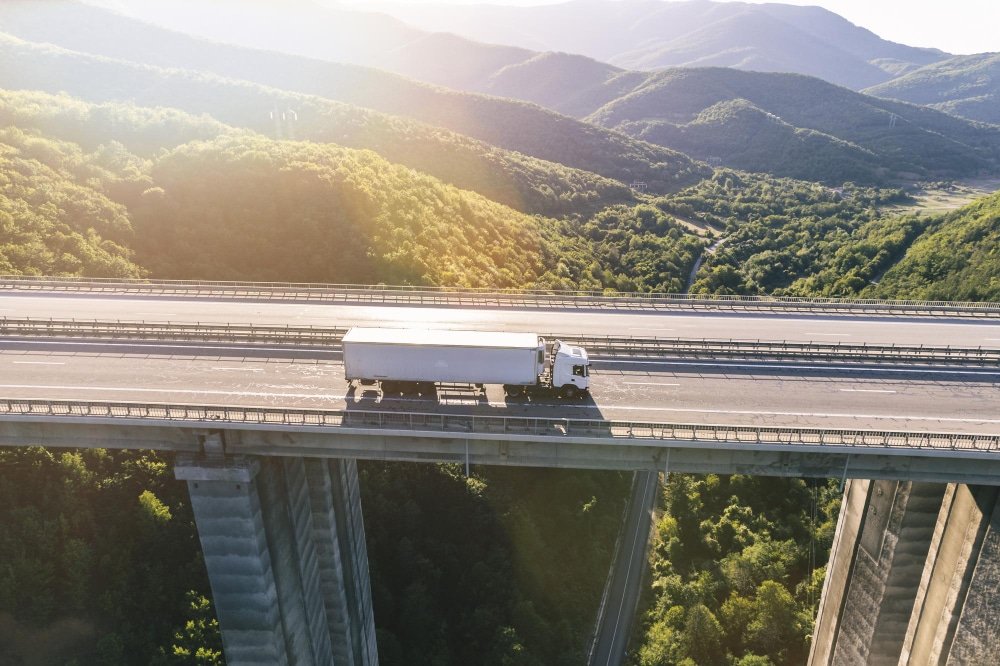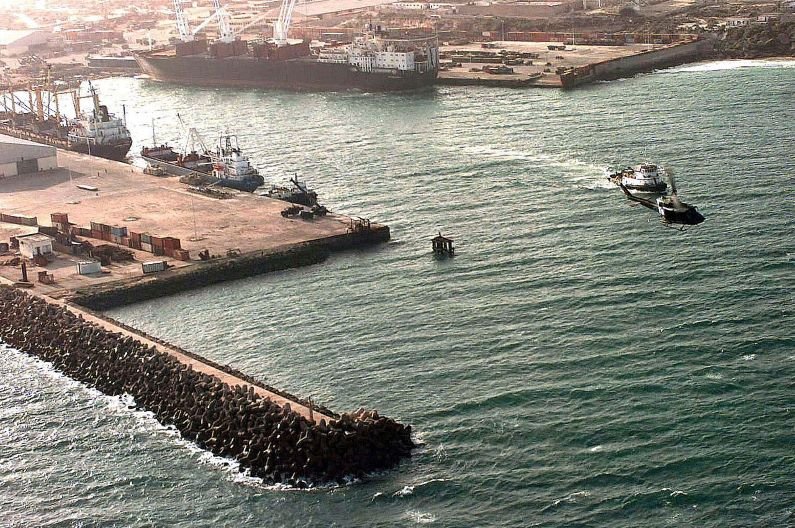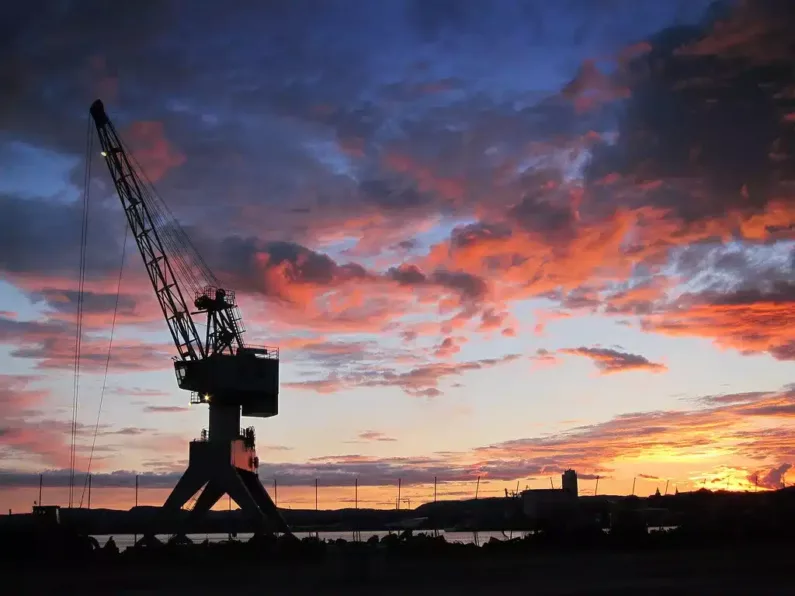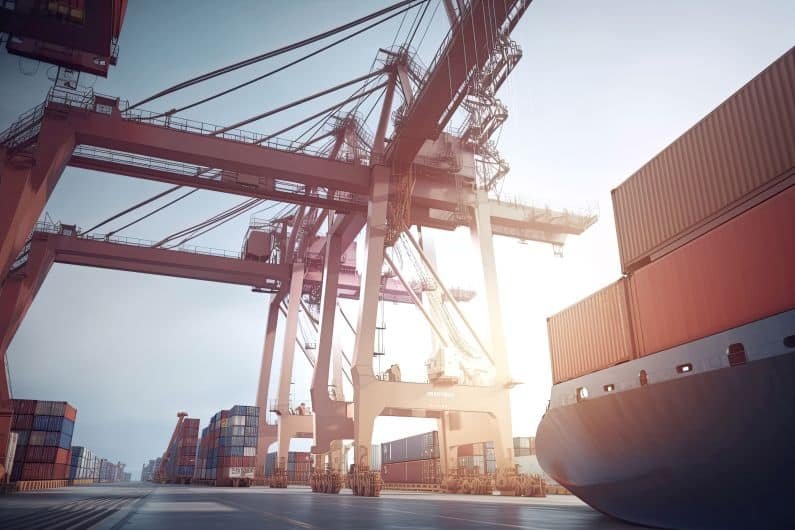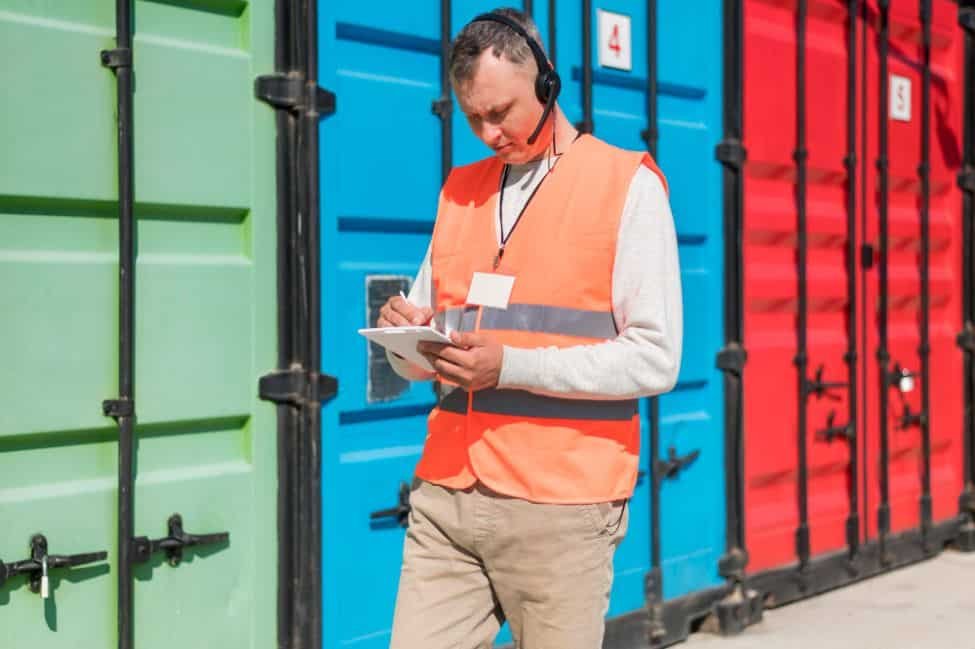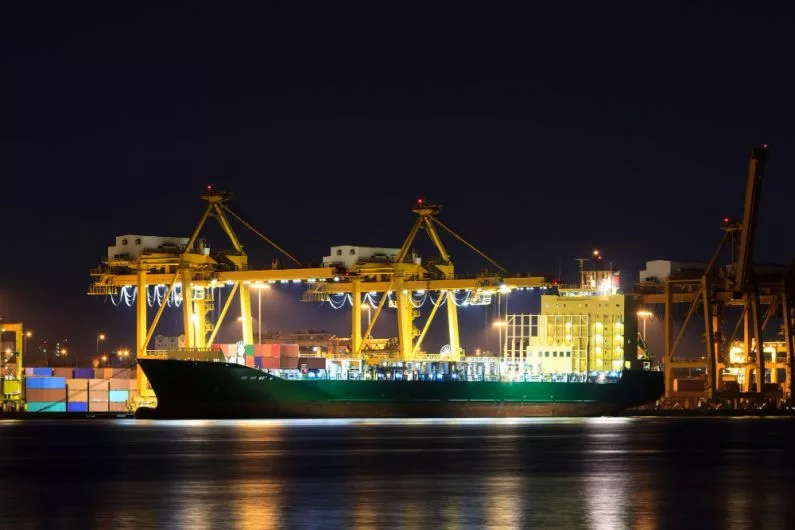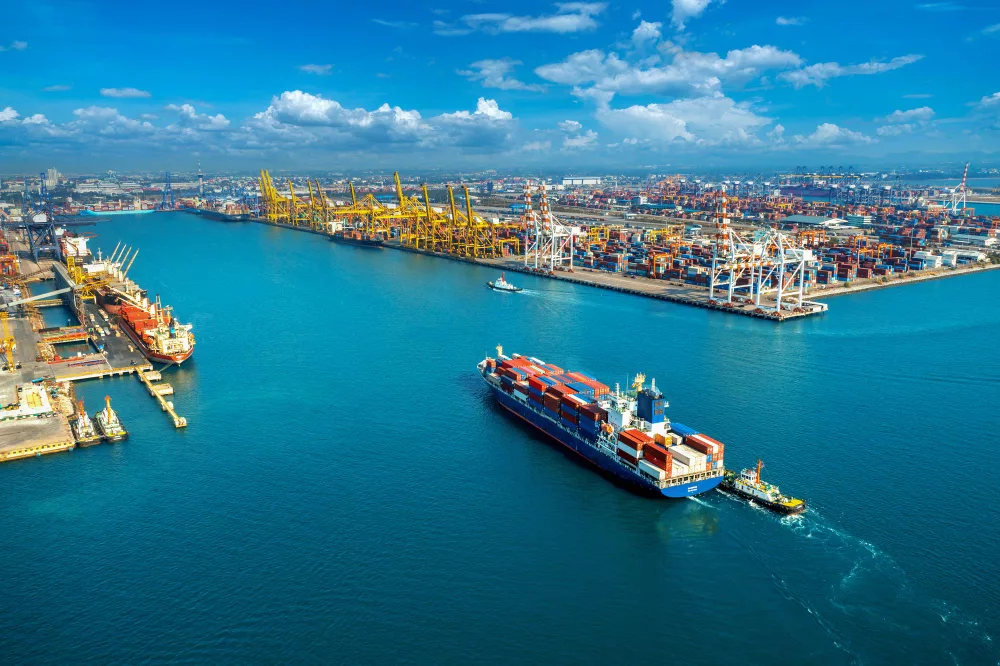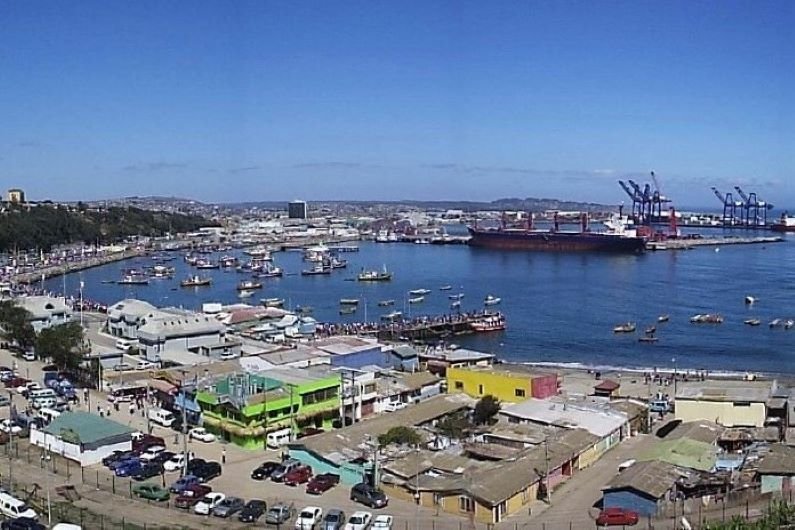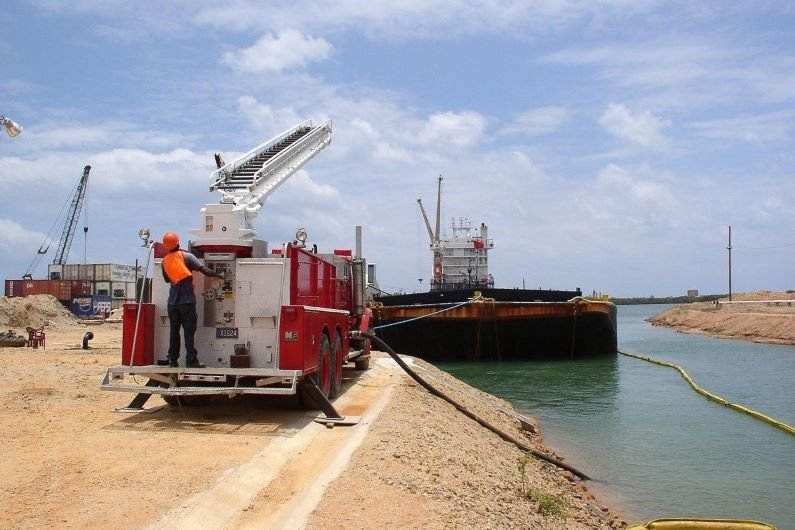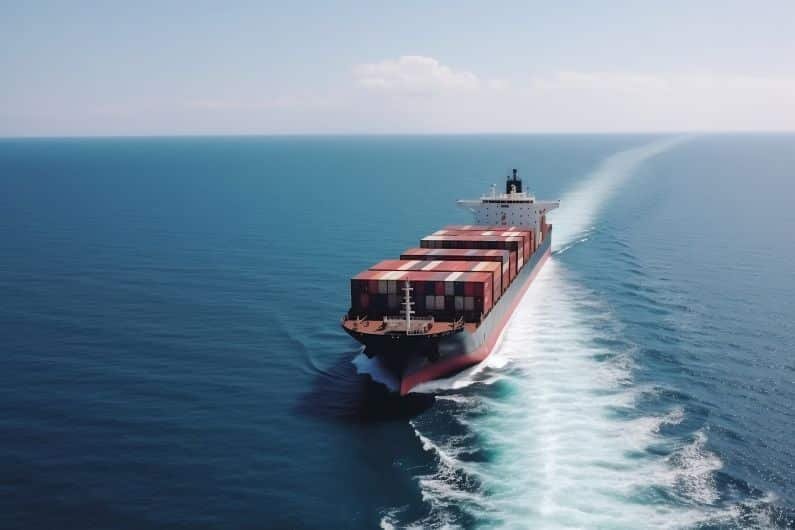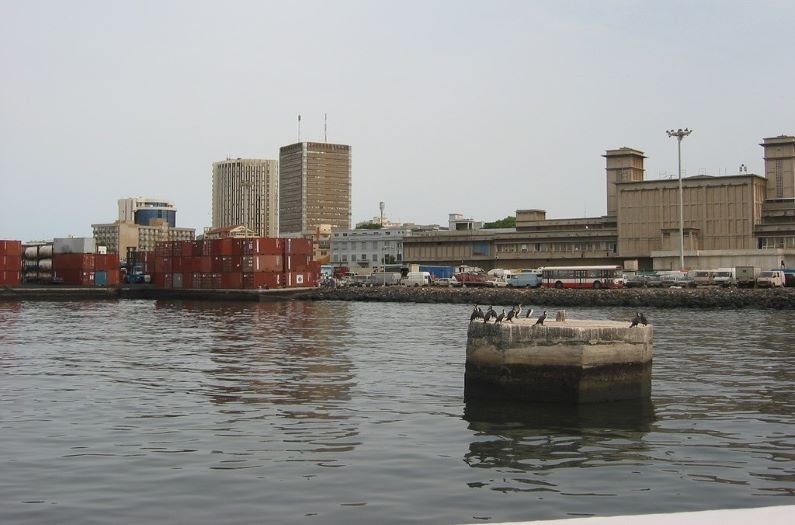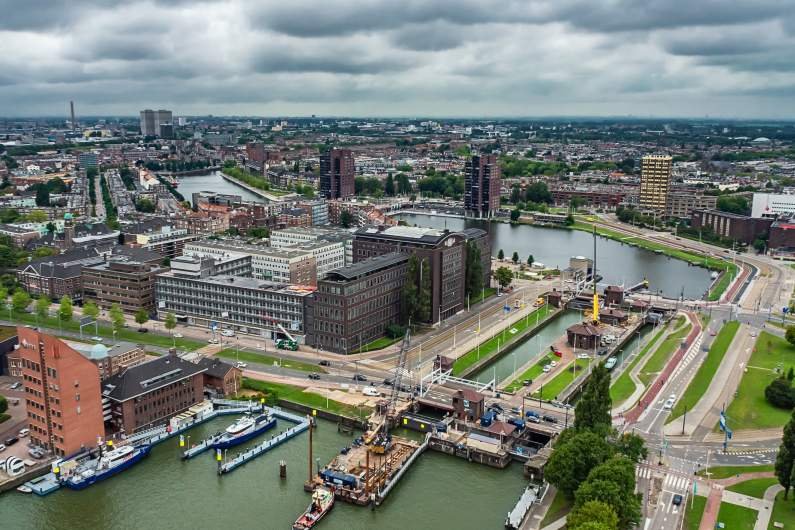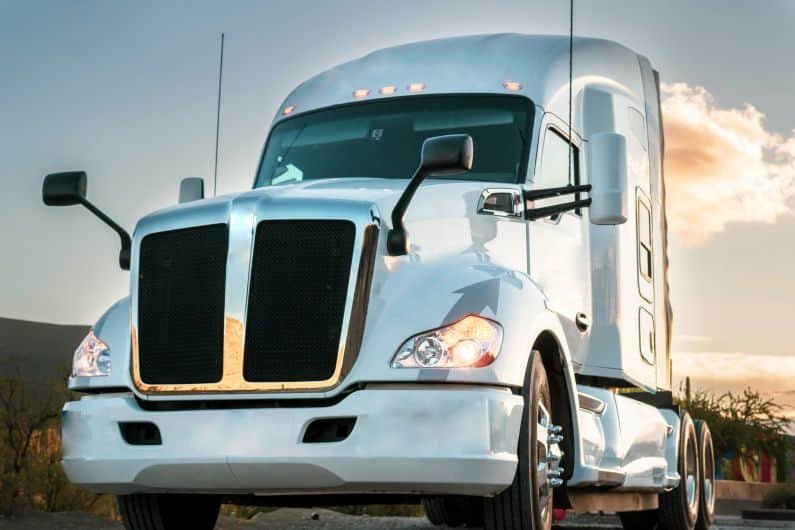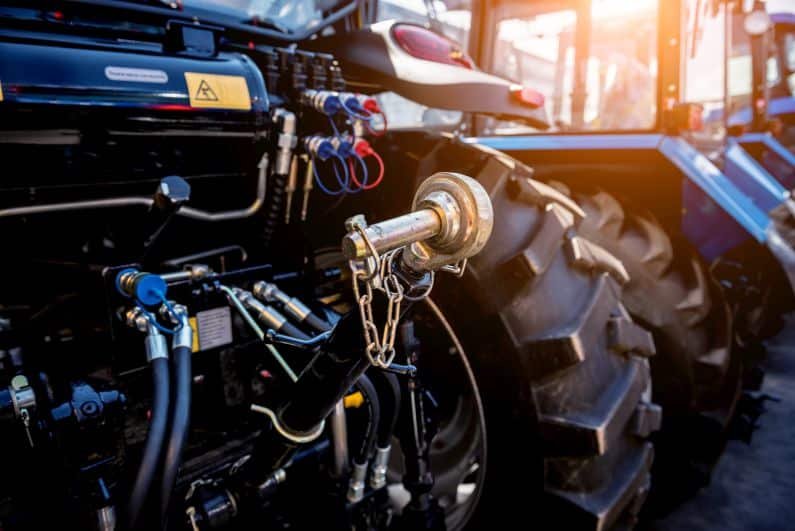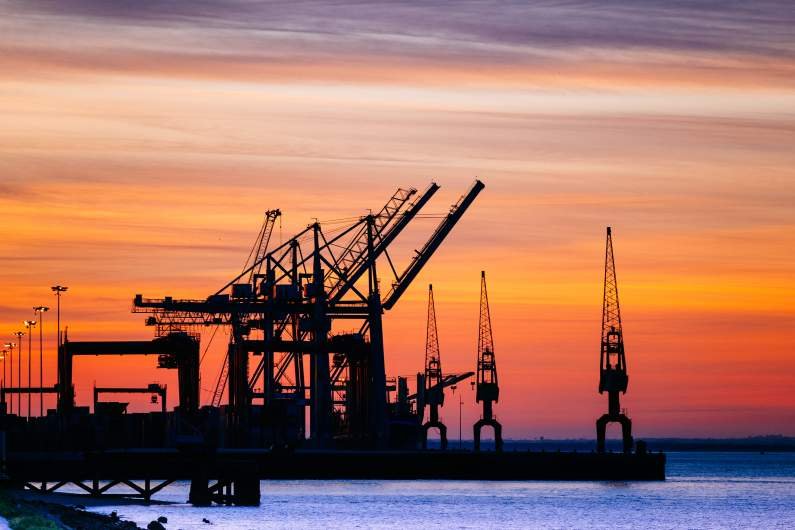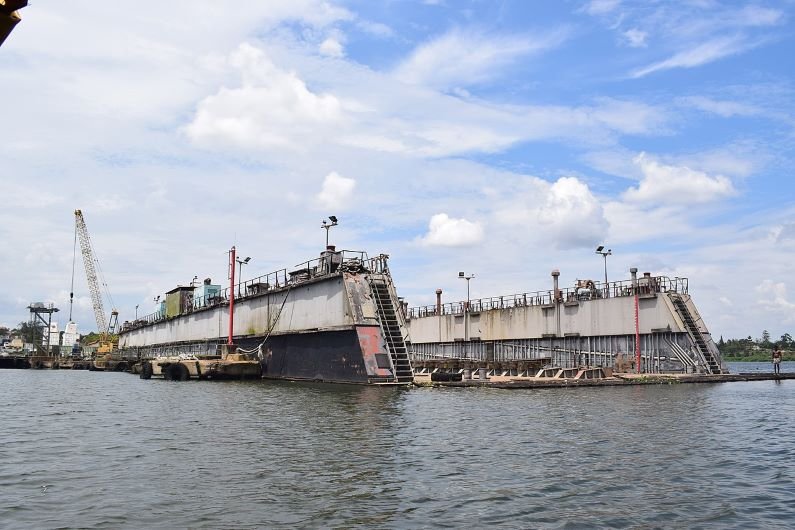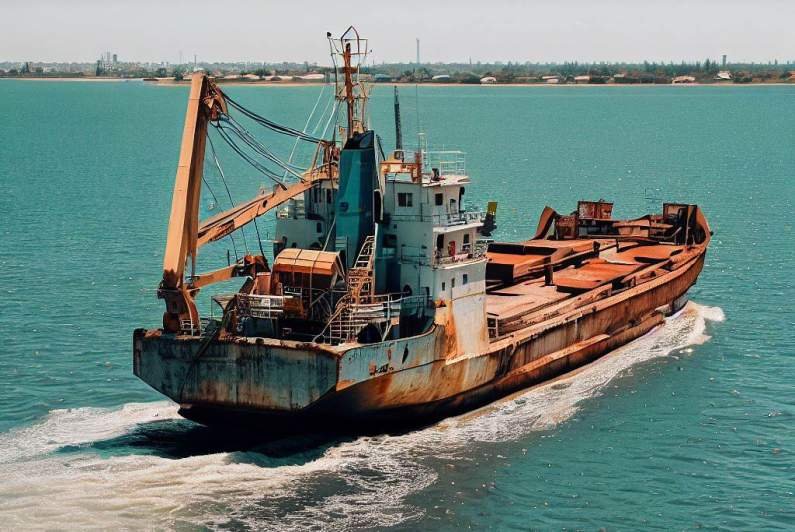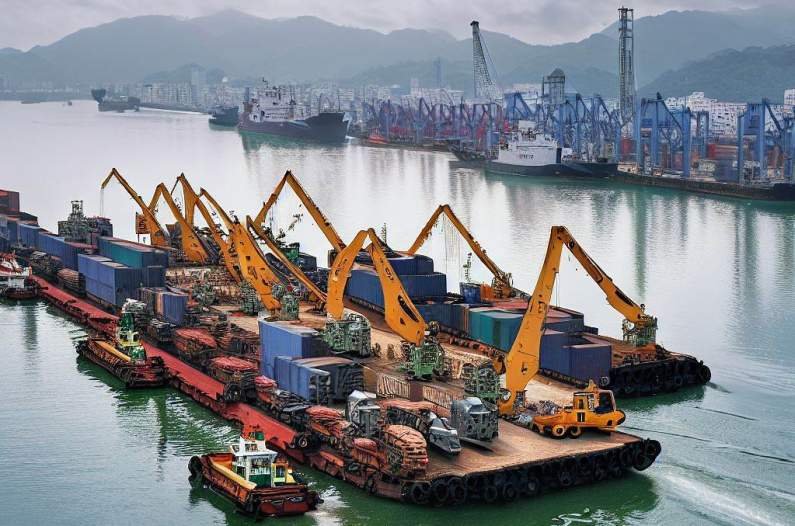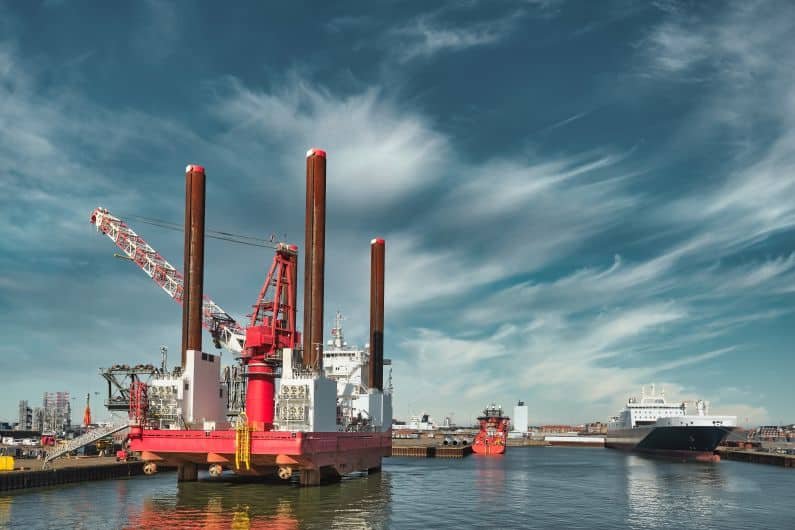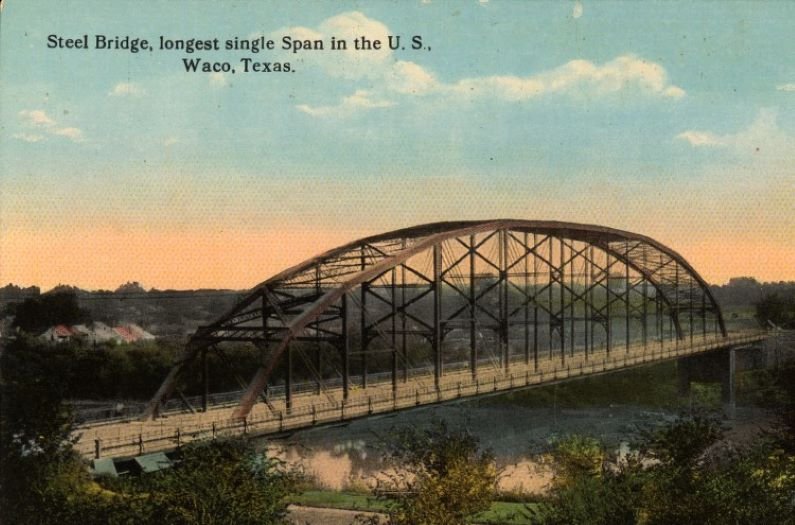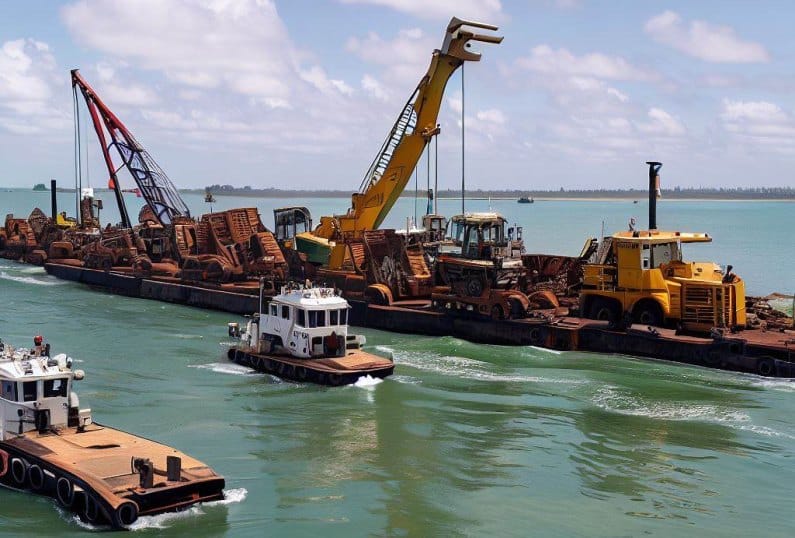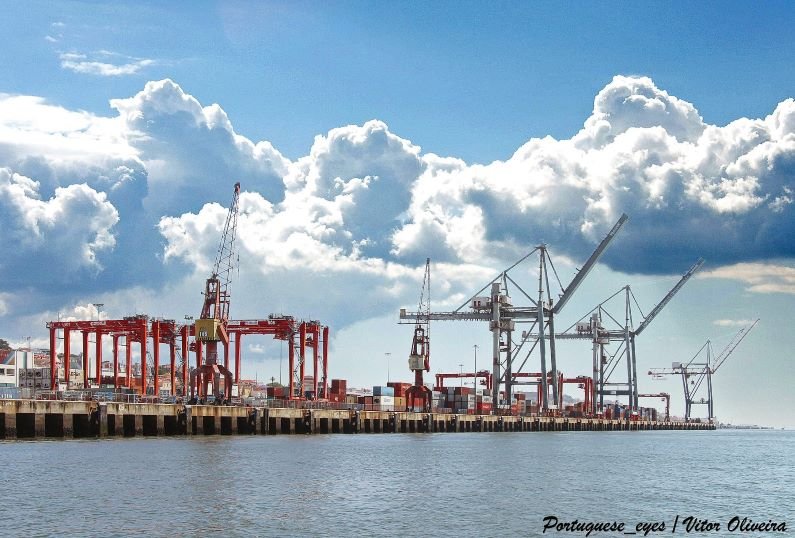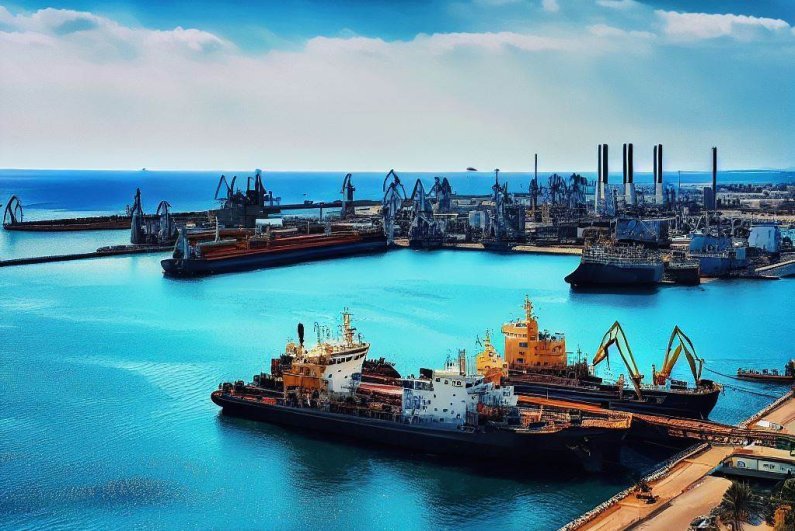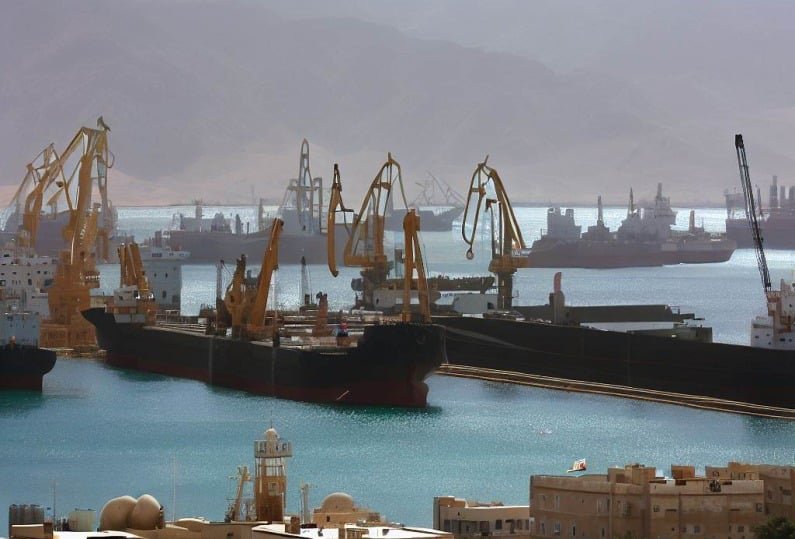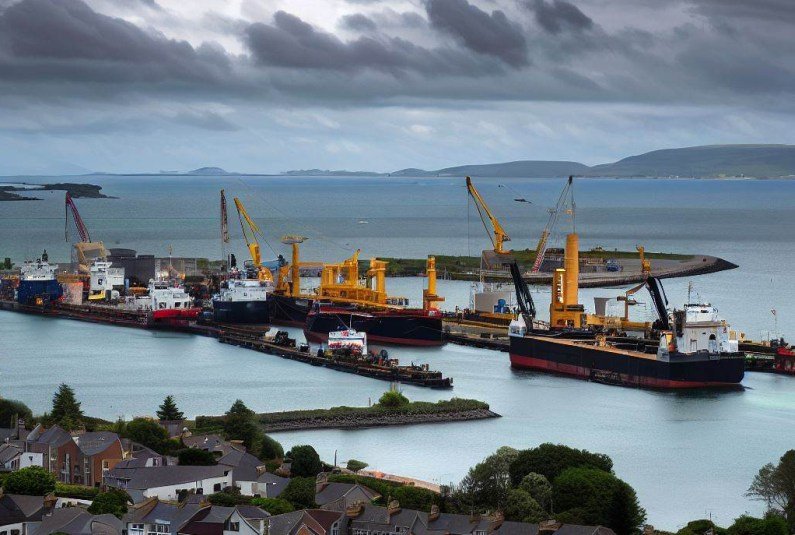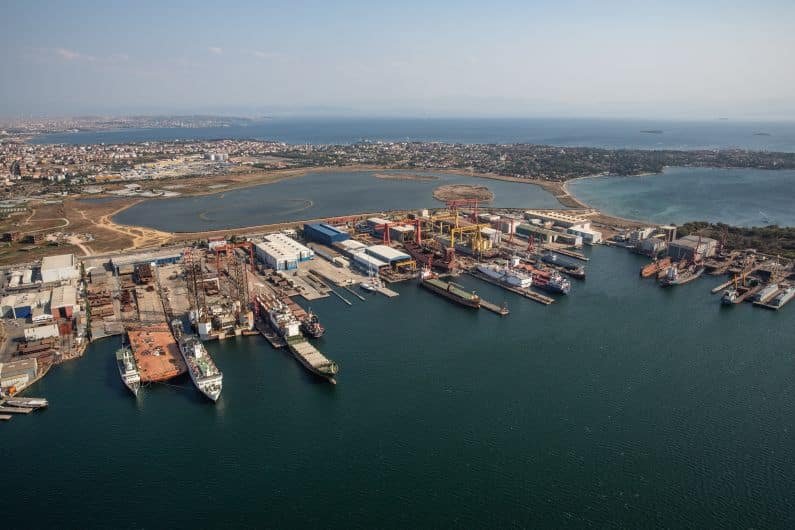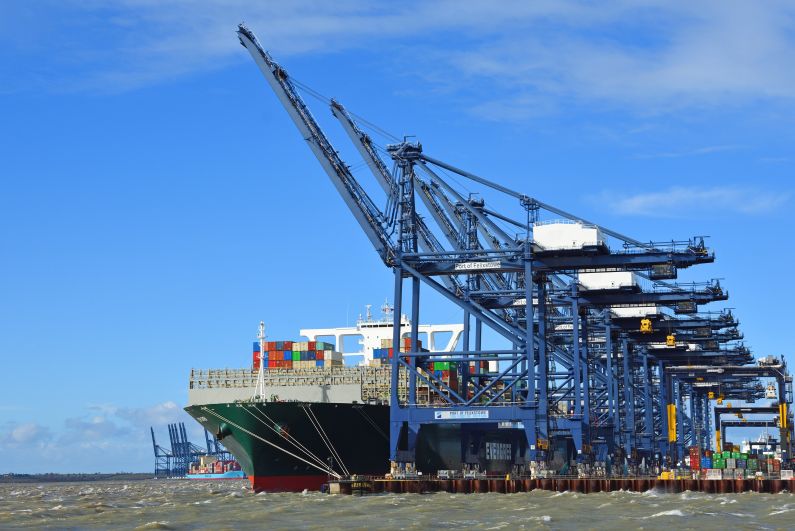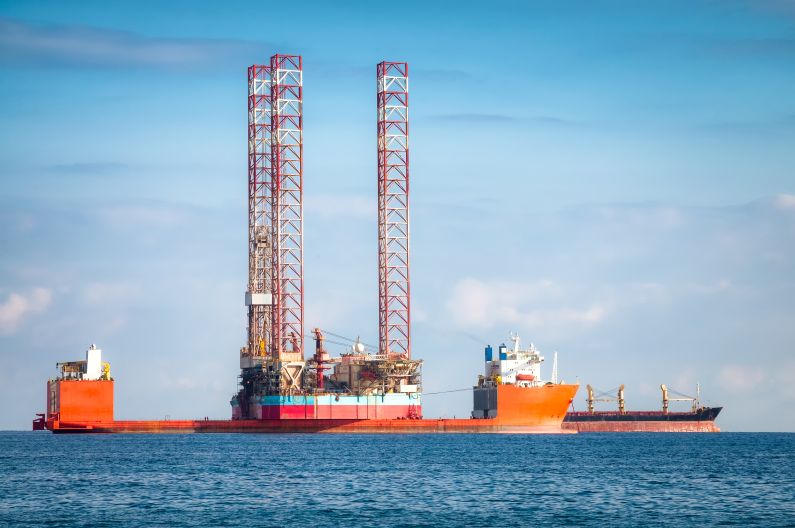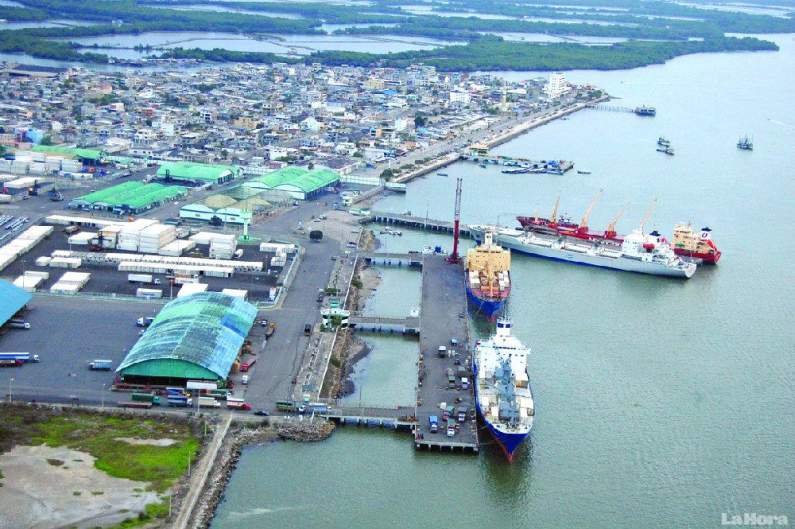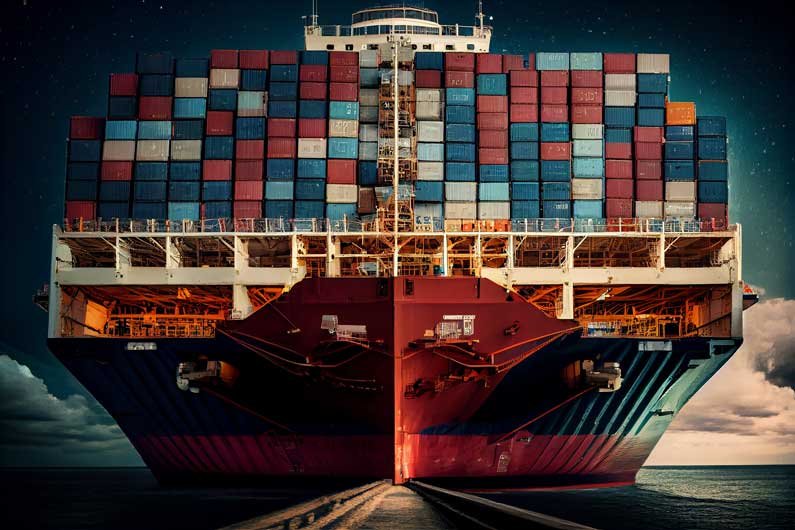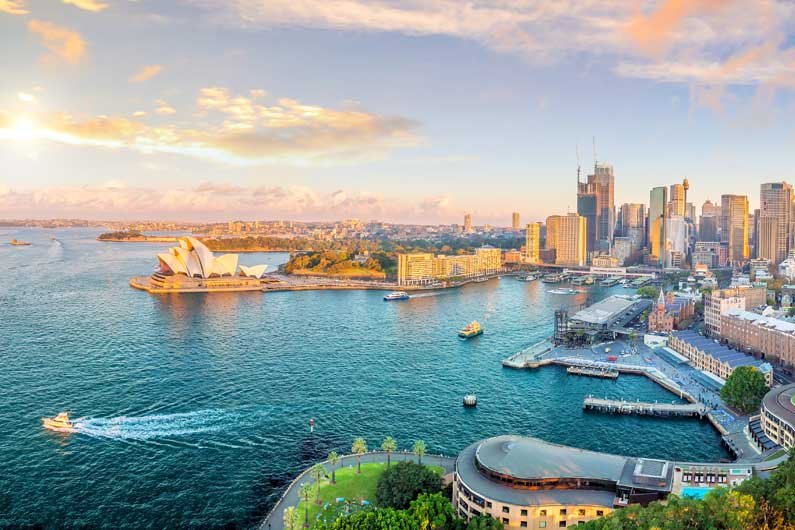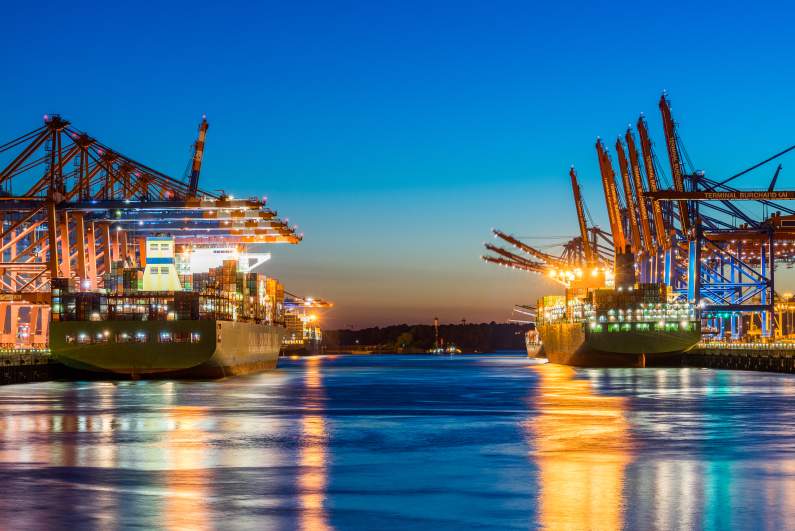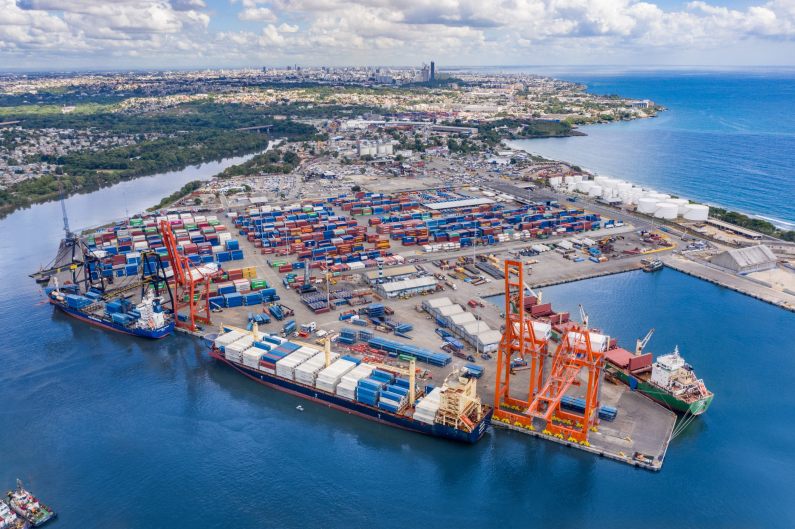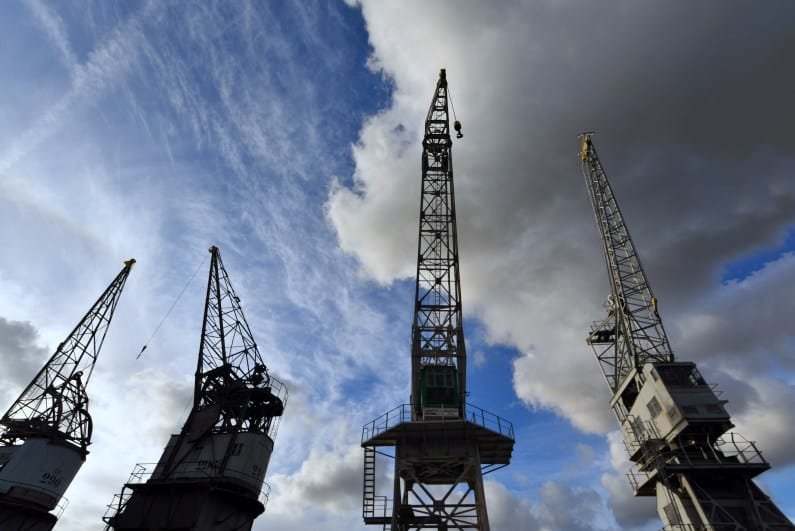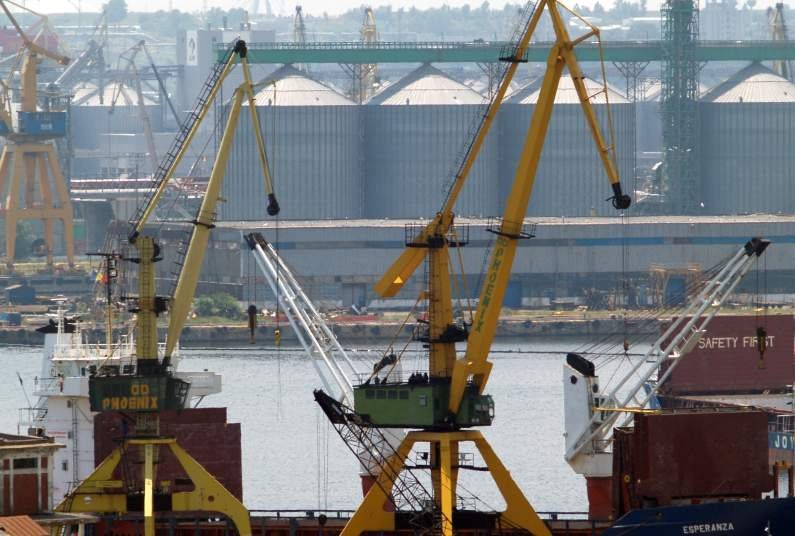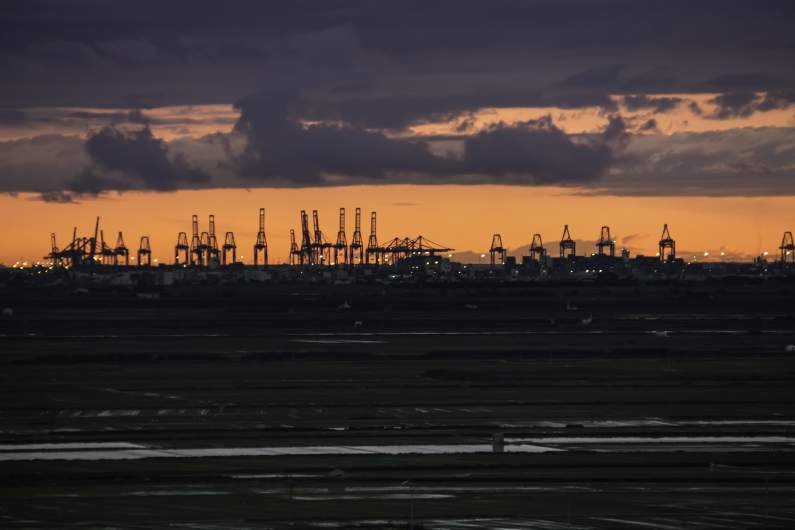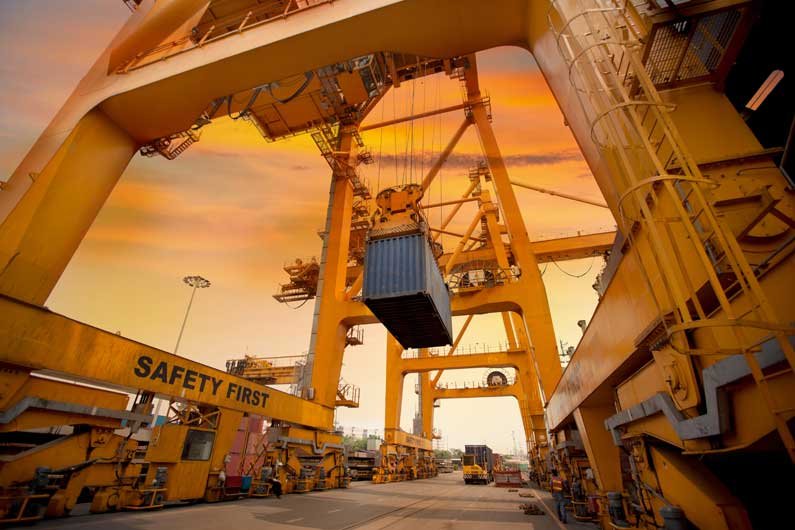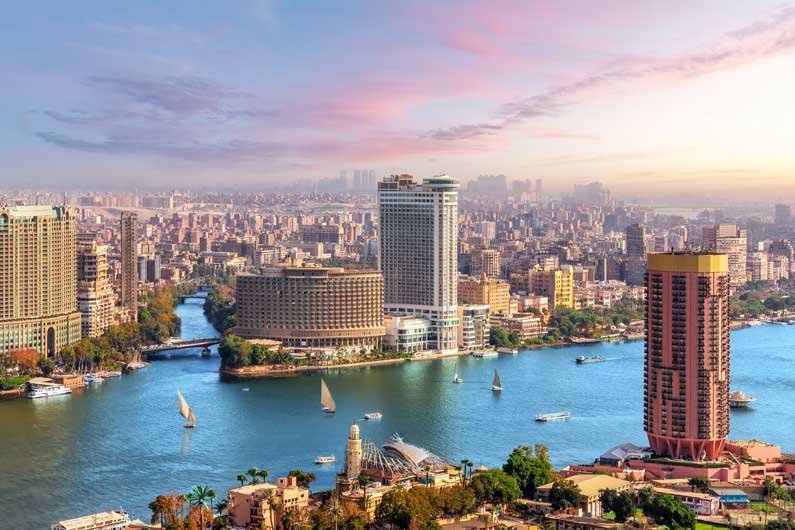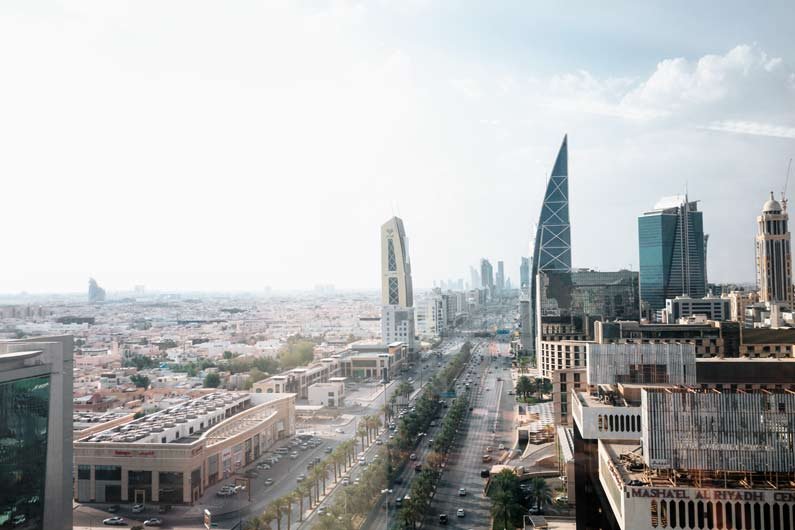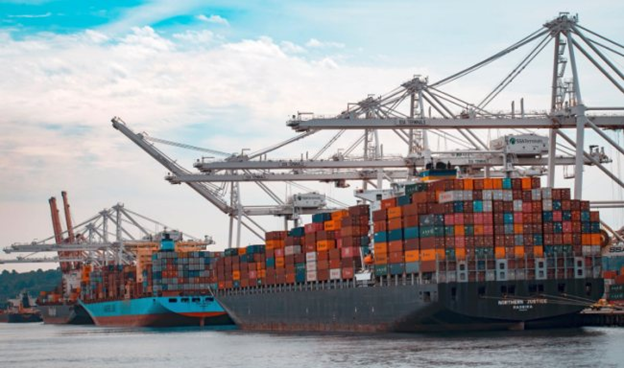Your factory shipment will be subjected to a handful of over-the-road safety guidelines and requirements. You need to work with a partner/carrier who understands the special guidelines for factory shipping to avoid the hefty fines that precipitate from safety violations.
Here’s what will tell you if a shipping partner is experienced in moving a factory:
- A reputable shipping partner should have a strong network of equally reputable and reliable specialty carriers. Factory shipping requires special flatbed equipment, which a reputable carrier should have.
- The partner should know and be compliant with all the rules and regulations governing factory shipping within the country(s) or state(s) through which the shipment will pass. In a country like the USA, shipping guidelines vary from state to state.
- The partner should be able to develop route plans for safe and convenient shipping. Because your factory is most probably oversized, the route plan must avoid narrow passages and roads with impassably-low bridges.
- A good partner is constantly in contact with you throughout the entire logistics process, right from the designing process, through the planning and execution phase, until the factory is safely at its intended destination.
- Your logistics partner should have the needed escort service capability, or at least have a way of arranging for the escort. Most factory shipments are more than 12 feet wide, which necessitates escort service in some countries/states.
Which Are Your Container Options When Shipping a Factory?
It is almost certain that your shipment will be exceeding standard cargo dimensions, both in volume and in weight. There are specialized containers for such out-of-gauge cargo. They include:
Open-Top Containers
This is your ideal container if your factory fits within standard weight limits, has standard width and length, but is taller than a standard shipment. A shipment is said to be standard if it is slightly shy of 8 feet. A standard open-top shipping container can carry a 29-tons and 40-feet cargo.
Your shipping partner should be knowledgeable in securing factory shipments on an open-top container if it is to arrive safely to the final destination. One way of securing a factory is by using lashing. The lashings are in most cases fastened through the lashing rings on the container’s side rails – both at the top and bottom- as well as at the corner posts. This ensures that the factory remains stationary and intact throughout the transit.
Flat Rack Containers
This is your ideal container if your factory is within the standard weight limit, but is a little more voluminous for a standard container. Most carriers have 40-feet flat rack containers; if your factory is longer than that, two or more racks will have to be connected to accommodate the extra length.
You can secure your cargo by lashing, your best lashing options being cross strap, loop, or friction. Bracketing and bracing will secure your factory in place if and only if the container rests on a bed of timber.
Platform Containers
This is your option if your factory exceeds 43 tons and is oversized in all dimensions. One platform container is about 40-foot long. You can protect it from tipping or sliding by securing it using cross-lashing. If the cargo is likely to keep shifting from one side to the other, insist on loop lashing.
Bottom Line
Shipping a factory requires you to have the highest standards of precision and to work with a shipping partner with the utmost professionalism. That is the surest way of ensuring the safe and efficient transportation of your high-value and oversized cargo. Consult widely and seek expert support at every step of the factory shipping process.

